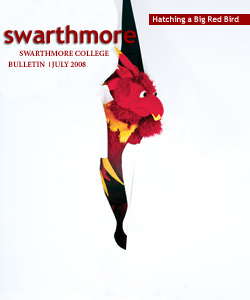Blowing the Whistle on the Mob
Covert: My Years Infiltrating the Mob
(Union Square Press, 2008)
In the New Jersey suburbs where I grew up, guessing which of your neighbors might be a mafioso was something of a parlor game. But it wasn’t a game to Bob Delaney, whose just-published book Covert, written with Dave Scheiber ’76, recounts his tension-filled years as an undercover cop infiltrating the seedy New Jersey waterfront, where he exposed the Mob’s reach of corruption and coercion.
The book gives more than a vivid picture of the Mob netherworld. It is a searing account of the emotional turmoil inherent in the job of an undercover agent—the psychological burden of maintaining two identities. Delaney convincingly disguised himself as a coarse, corrupt owner of a fake trucking company, then found himself confused and guilt-ridden as he rejoined the world of law enforcement. The resolution of his conflict—aided by friend and adviser Joe Pistone (the Donnie Brasco of Hollywood fame), whose famous undercover work paralleled Delaney's—gave him the confidence to move quickly into a new high-pressure career as an NBA basketball referee for the past 20-plus years.
Delaney tells how he followed his father into the New Jersey State Police in 1973 and, less than two years later, was given a false identity—“Robert Alan Covert,” the name of a baby who had died at birth, not an attempt to be clever. (At the time, Watergate had yet to make “covert” a household word.) Still in his early 20s, Delaney had to wear a wire and keep his cool in many harrowing situations amid two ruthless Mafia factions, the Genovese and Bruno crime families.
He managed to slip into his gangster persona by growing a Fu Manchu beard, putting on weight, and playing the coarse, foul-mouthed wiseguy role—all under the tutelage of a savvy Mob informant named Patrick John Kelly. Delaney also slipped into the paranoid thinking of the real mobster with an unwelcome consequence: He would ultimately have just as hard a time shedding the hostile attitude as he did acquiring it.
This second traumatic part of the story should be compelling even to readers who didn’t grow up in this part of New Jersey. How does a man shake off three years of aggressive swagger and the intense guilt he felt from arresting many mobsters he had come to like during the prolonged investigation? How does he learn to successfully reintegrate into law enforcement and society? In Delaney’s case, the task was complicated by a death threat he received after surfacing. Only counseling from a trusted colleague and informal therapy from a psychologist he knew helped him regain his equilibrium—equipped with the knowledge that he was suffering from post-traumatic stress and elements of Stockholm Syndrome, in which a kidnap victim begins to identify with the kidnappers.
Dave Scheiber does a terrific job in crafting this story while letting Delaney’s voice come through. I know this from having heard Delaney speak at a book launch in Washington, where his gift of gab was on full display in his easy remarks without notes as well as in lively replies to questions. But such anecdotes do not make a book, and Scheiber skillfully gives Delaney’s stories coherence and context, including some of his own research on a New Jersey crime scene.
Delaney recalled one particularly poignant anecdote from the book. After law enforcement agents in New Jersey rounded up scores of mobsters about whom Delaney and his undercover colleagues had gathered mountains of evidence, one of the mobsters Delaney had befriended as Bobby Covert—even attending holiday celebrations at the man’s house—noticed Delaney standing nearby and assumed he had been arrested, too. When the mobster was told Delaney was really a trooper, he said, “Bobby, you’re a friend of mine. How could you do this to me?” Delaney hung his head, devastated.
It is only half a surprise that, needing an escape from this hothouse environment, Delaney chose another pressure cooker: the work of the NBA referee. Having excelled at basketball as a youth, Delaney returned to the game by officiating at the high school level. It gave him a sense of peace—and it turned out he had a knack for blowing the whistle, progressing rapidly to the pros.
It’s easy to believe that someone who can stay cool among life-threatening thugs could also weather the intimidation of 7-foot-plus sports stars plying their aggressive game, with only the refs restraining them. The surprise, though, is that Delaney could enter the public eye so openly after sending a host of mobsters up the river. But he decided, in some steely corner of his soul, that he would live life on his own terms, without fear of what might happen.
It is fitting that Dave Scheiber helped Delaney tell his story. Like Delaney, Scheiber found he could not be consumed by one career. While Delaney was risking his life in his work, Scheiber was learning to be an award-winning sports and feature writer for the St. Petersburg Times. But he has also spent the last 30 years playing guitar in country and rock bands, writing music, raising six kids with his wife, Janie—and now publishing his first book.
Bruce Bond ’76, Blind Rain, Louisiana State University Press, 2008. In this collection of poems, the author transforms the known and familiar into the surreal and new, including pieces that contemplate the power of imaginative response as compensation for loss, with a focus on poetry, madness, and music.
Robin Chapman ’64,Smoke and Strong Whiskey, WordTech Editions, 2008. In this collection of meditative poetry, with titles such as “Homesteading Alaska” and “Cougar Stories,” the author offers vivid depictions of nature and her connection to it and offers solace from the busyness of daily life.
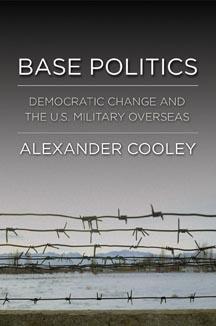
Alexander Cooley ’94, Base Politics: Democratic Change and the U.S. Military Overseas, Cornell University Press, 2008. The author offers an original and provocative account of host politicians’ attitudes toward U.S. military presence on their territory.
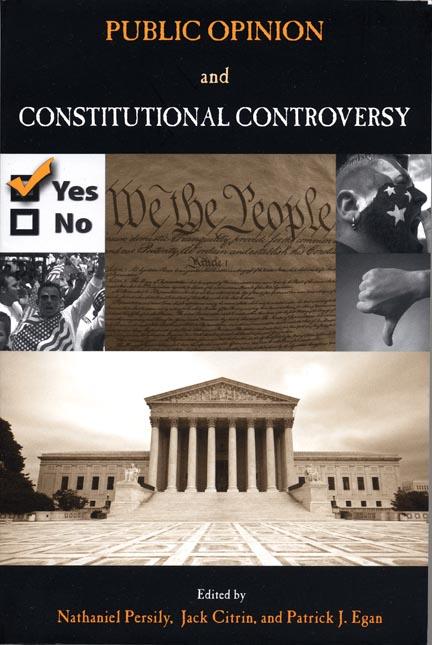
Nathaniel Persily, Jack Citrin, and Patrick Egan ’92 (editors), Public Opinion and Constitutional Controversy, Oxford University Press, 2008. This is the first book to offer a comprehensive analysis of American public opinion on key issues including desegregation, school prayer, abortion, the death penalty, gay rights, and
national security.
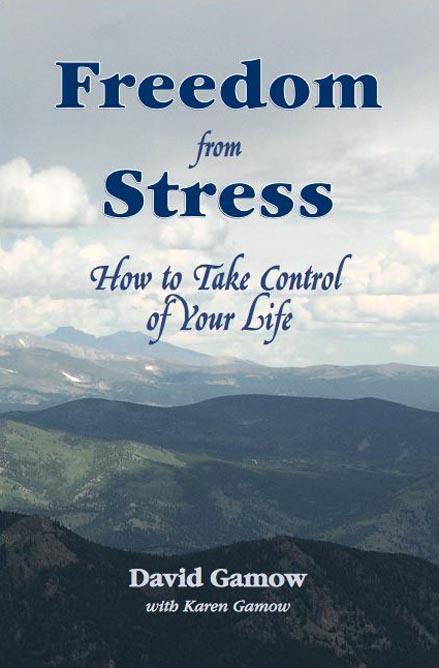
David Gamow ’78 with Karen Gamow ’79, Freedom From Stress: How to Take Control of Your Life, Glenbridge Publishing Ltd., 2006. In book and DVD form, the authors offer skills and techniques for eliminating stress and gaining objectivity for effective problem solving.
Robert George ’77 and Christopher Tollefson, Embryo: A Defense of Human Life, Doubleday, 2008. Arguing a purely scientific and philosophical case that a fetus, from conception on, is a human being, the authors decry society’s condoning or funding of embryonic stem cell research.
Patrick Lee and Robert George, Body-Self Dualism in Contemporary Ethics and Politics, Cambridge University Press, 2007. The author seeks to define what a human person is, exploring the ethical and political controversies of abortion, hedonism and drug-taking, euthanasia, and sex ethics. It defends the position that human beings are both body and soul, fundamentally and morally different from other animals. It also defends the traditional position on the most controversial specific moral and political issues of our time.
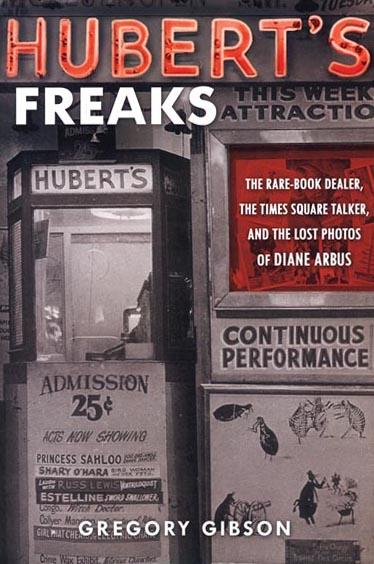
Gregory Gibson ’67, Hubert’s Freaks, Harcourt Inc., 2008. Intertwining stories portray the life of an obsessive and eccentric antiquarian book dealer and the challenges he faces when confronted with the find of a lifetime. An adventure filled with bizarre coincidences takes him from the fringes of the memorabilia business to Sotheby’s and from the exhibits of a Times Square freak show to the curator’s office of the Metropolitan Museum of Art.
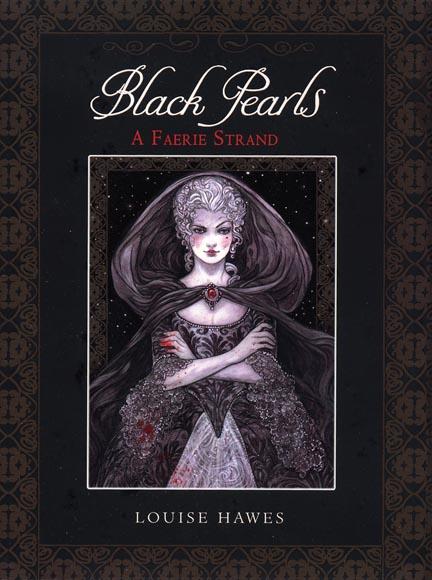
Louise Hawes ’65, Black Pearls: A Faerie Strand, Houghton Mifflin Company, 2008. This collection of thrilling, riveting, revamped old tales is more likely to keep readers awake than lull them to sleep. As ancient themes resurface, the folks that populate the stories of our childhood are driven by complex emotions such as forbidden love, anguished longing, guilt, or despair—and not everyone lives happily ever after.
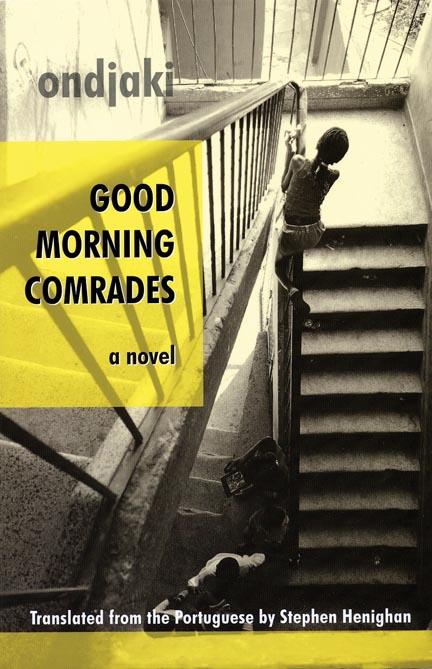
Stephen Henighan ’84 (translator), Good Morning, Comrades, Biblioasis, 2008. This Engish version of the original 2001 Ondjaki novel bom dia camaradas tells the story of Ndalu, a 12-year-old boy growing up in the early 1990s in wartorn Angola.
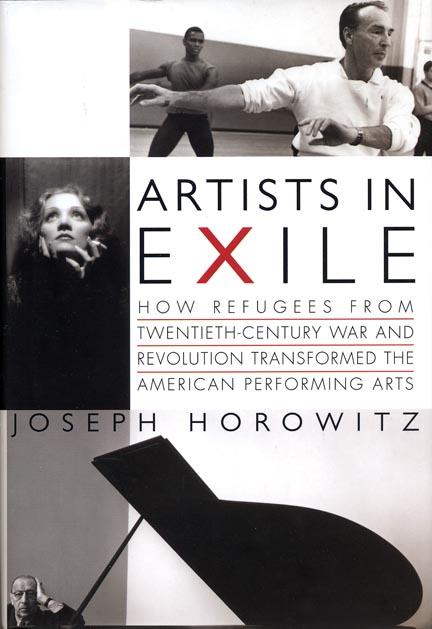
Joseph Horowitz ’70, Artists in Exile: How Artists From Twentieth-Century War and Revolution Transformed the American Performing Arts, HarperCollins Publishers, 2008. This book examines the effect on American culture brought about by the thousands of artists and thinkers, who—forced by war and revolution in Europe during the first half of the 20th century—migrated to the United States as well as the ways that they were affected by their new home.
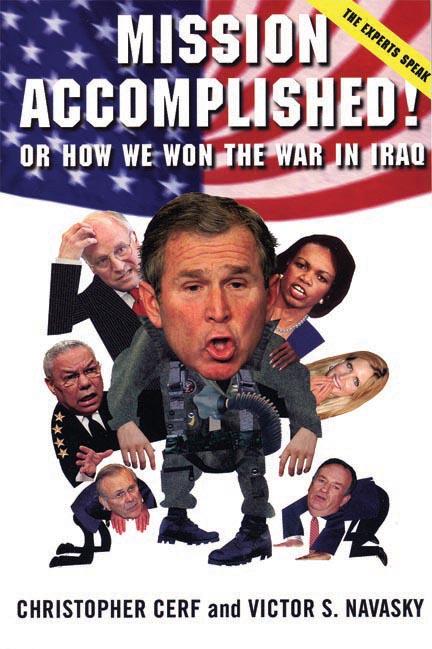
Christopher Cerf and Victor Navasky ’54, Mission Accomplished! Or How We Won the War in Iraq: The Experts Speak, by Simon & Schuster, 2008. Both entertaining and depressing, this book offers a definitive compilation—categorized, indexed, and foot-noted—of the professed wisdom of those presumed to be experts on the war in Iraq, at the same time demonstrating how wrong they were.
Rosalyn Rivkin ’64 and Sally Park Rubin, The Overfunctioning Woman’s Handbook, Oinfroin Media, 2008. Recommending that women who have no time
to read this book are those who need to read it, the authors suggest ways to break away from behaviors that are harmful to health and peace of mind, such as the drive to perfectionism, speed, superficiality, and overfunctioning; figure out what matters most; use anxiety to advantage; discover the constructive side of anger; and become your own hero.
John Siceloff ’76 and Jason Maloney, Your America: Democracy’s Local Heroes, Palgrave Macmillan, 2008. Introduced by David Brancaccio, the host and senior editor of PBS’s NOW, Siceloff, the show’s creator and executive producer, and Maloney, a contributing news and documentary producer, tell stories of ordinary citizens effecting extraordinary changes in their communities.
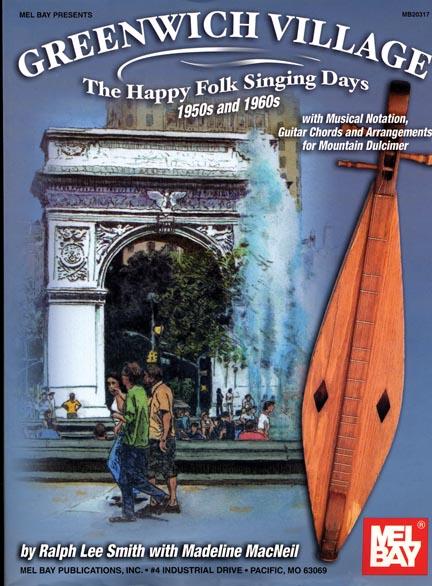
Jan Vandersande ’67, Life After Death: Some of the Best Evidence, Outskirts Press, 2008. The author, one of a growing number of scientists who have witnessed hard evidence of life after death, reveals the fascinating world of seances and sittings where he, his wife, and friends experience other-worldly phenomena first-hand with trance mediums and channelers. Photographs of ectoplasm and full materializations illustrate the phenomena Vandersande encountered.
David Vinjamuri ’86, Accidental Branding: How Ordinary People Build Extraordinary Brands, John Wiley & Sons Inc., 2008. This book discusses the success of people who created some of the biggest and most successful consumer brands in the world without any experience in marketing or branding—the “accidental” brands that do not originate in corporate headquarters but rather from people with good ideas who are willing to trust their instincts over the rules of brand-building.
Richard Wolfson ’69, Energy, Environment, and Climate, W.W. Norton & Company Inc., 2008. The author explores energy use and its environmental impacts, including climate change. Emphasizing science and technology, societal and economic issues are also included. The book includes more than 250 photographs, maps, and figures.
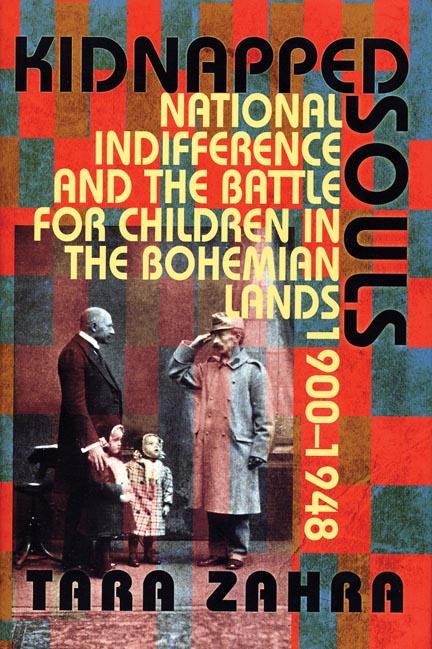
Tara Zahra ’98, Kidnapped Souls: National Indifference and the Battle for Children in the Bohemian Lands, 1900–1948, Cornell University Press, 2008. A significant contribution to clarification of the genealogy of modern nationalism in Central Europe, this book is a groundbreaking exploration of how children have been the objects of political contestation when national communities have sought to shape or reshape their futures.
IN OTHER MEDIA
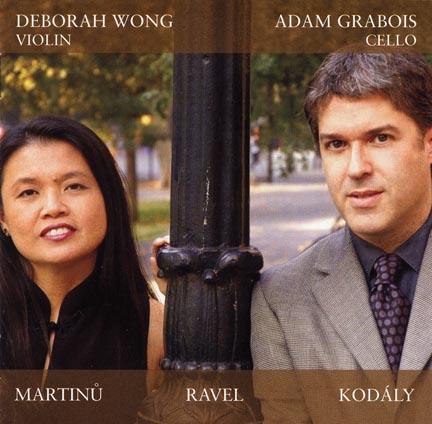
Deborah Wong and Adam Grabois ’84, Martinu, Ravel, Kodály, Reflex Editions, 2007. This CD, featuring Wong on violin and Grabois on cello, offers a concert of duets from the early 20th century repertoires of three great composers.
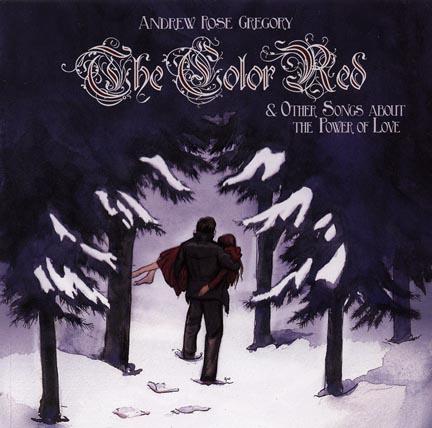
Andrew Rose Gregory ’04, The Color Red & Other Songs About the Power of Love, Andrew Rose Gregory & Zach McNees, 2008. This CD contains a powerful collection of songs about the good and evil wrought by love. The album, which features nine duets—each performed by different musicians including Joe Recit ’05 and Evan Gregory ’01—was released at a February show at The Tin Angel in Philadelphia.
Jane Grochowski, Holly Schroeder, and Robbie Liben ’83, Five Planets: Montanans at the Crossroads of Global Warming, Jane O’Holly Productions, 2007. This documentary film describes how global warming will affect Montana and the ways that Montanans can help to slow it and adapt to the warming that is already inevitable due to past emissions.
 Email This Page
Email This Page
